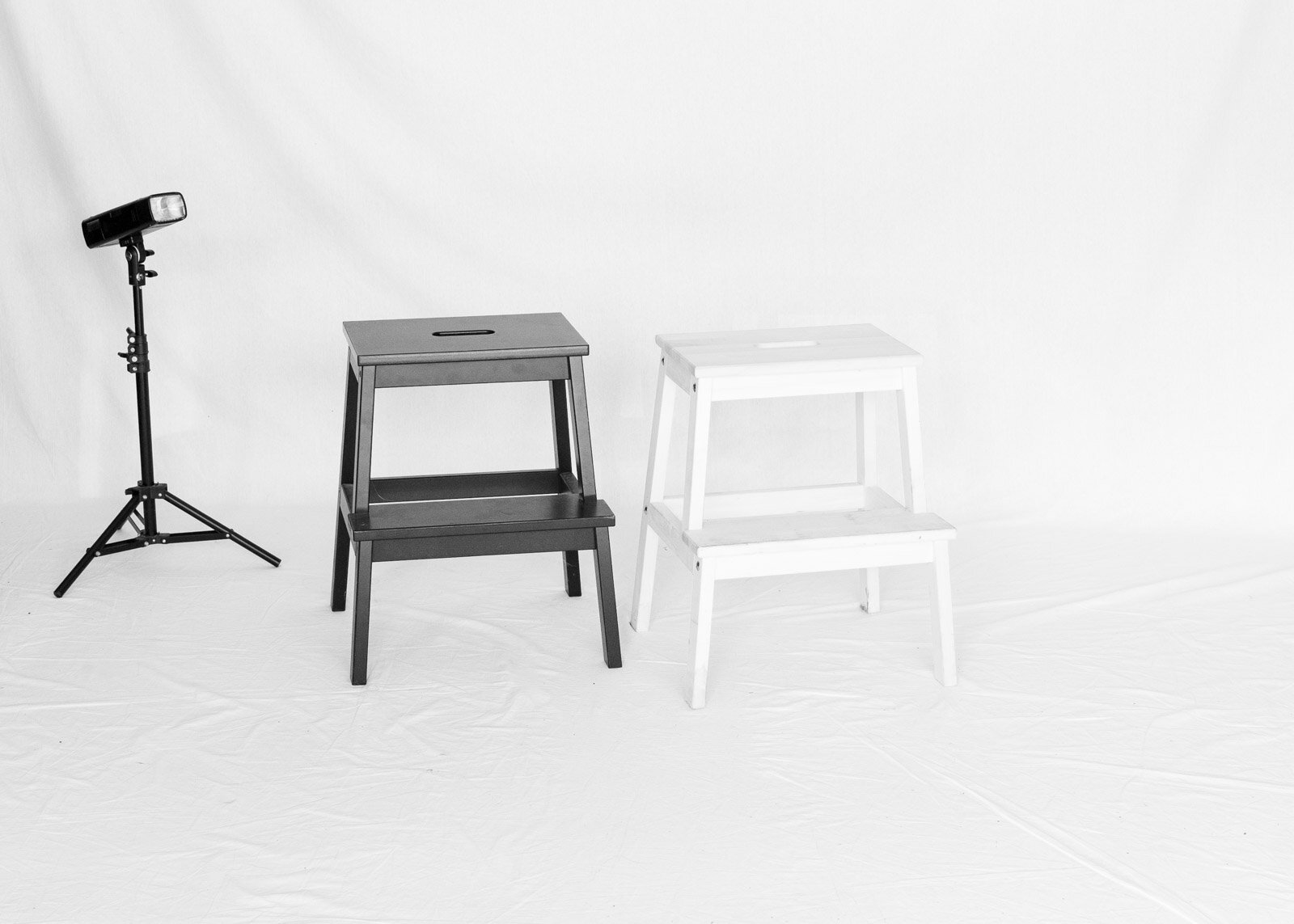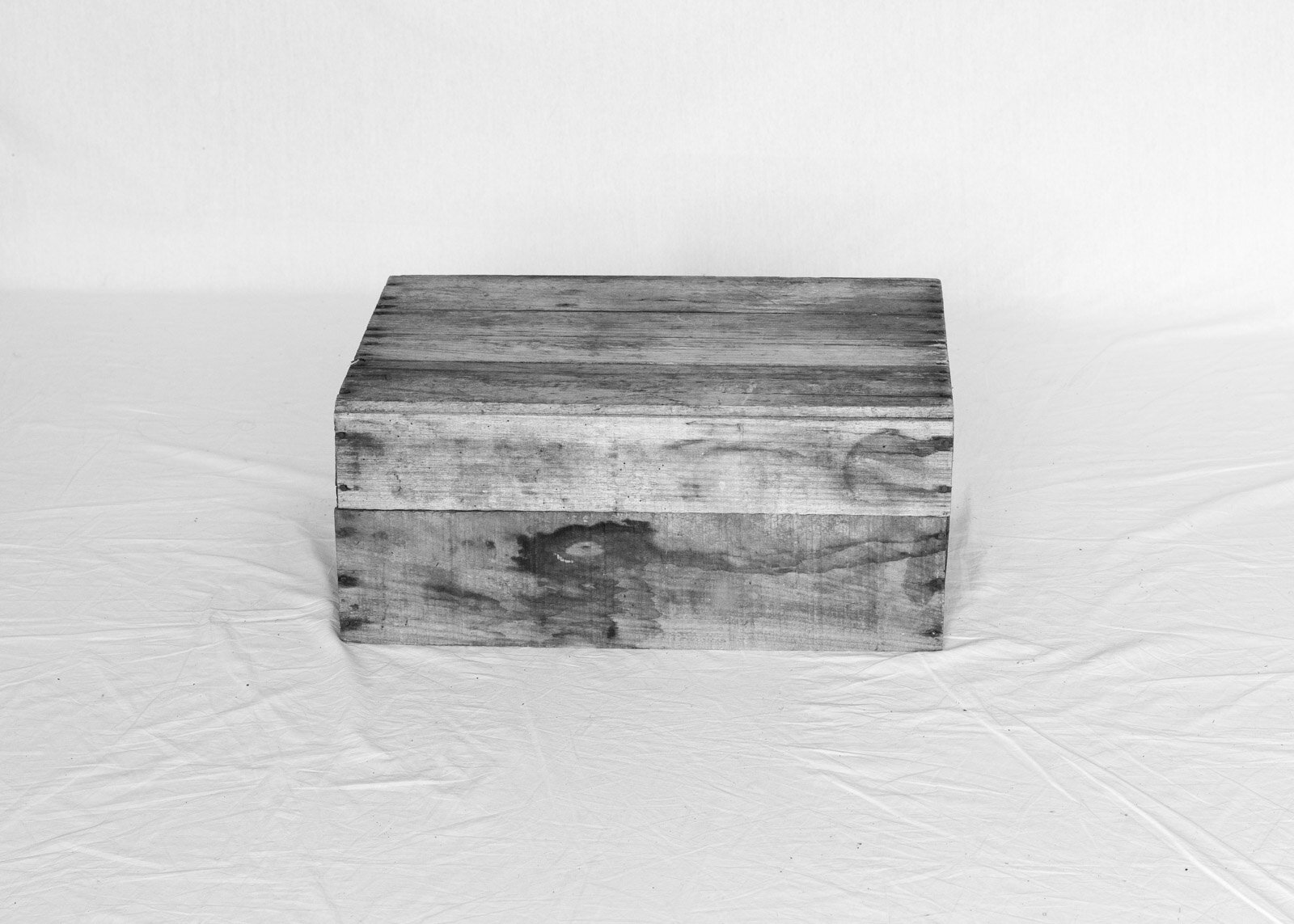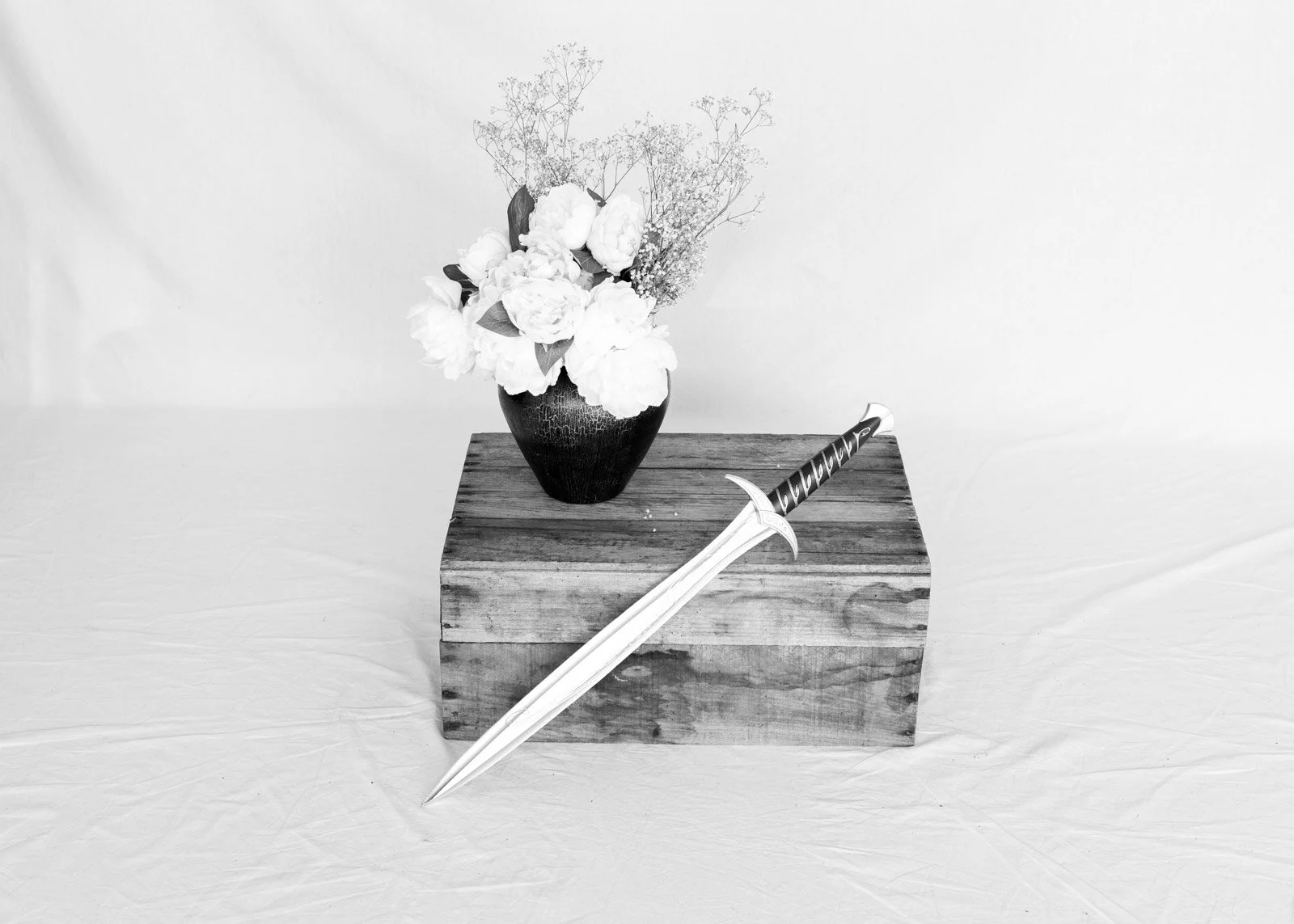My seven favourite accessories and tools for portrait photography in the studio
I was recently asked during a mentoring session what my main go-to’s are in the studio for portrait photoshoots. I guess when you are starting out these are some fairly serious questions. Not all of these are necessities, but I feel I can’t live without them. I wish when I was starting out someone broke it down for me too.
Lights
I recently switched over to Godox AD400Pro & AD200Pro for my studio lights. I love them. I have two AD400 and one AD200. I often have a three-light setup. I have a 36″ Octobox on Light A, as my main light. A 16.5″cm Beauty dish on light B, for fill light, and the AD200 Pro on a small light-stand as a rim light (if needed).
5-in1 Reflector
Sometimes I use one main light as listed above and a reflector to softly bounce light back on the opposite side of the model. Another great use of the reflector, especially for a headshot or close up is for the model (or an assistant) to hold the reflector below the models face (out of camera shot) and bounce a little light back up into the face. This helps reduce strong shadows under the chin and eyes. I love the 5in1 reflector for its versatility. Can also be used outside or with natural light from a window.
Backdrops
I could go on and on about backdrops, what’s good and what’s not. I have used anything from bedsheets to high-end painted backdrops. I have even had a go at painting my own. The point is, it’s a matter of what you can afford. Paper rolls are good too, but I rarely use them, but I have often thought about it getting some for the studio. I use the following;
Big black backdrop – Black cotton/muslin fabric 7m x 3m
Big White backdrop – White cotton/muslin fabric 7m x 3m
Big Charcoal backdrop – 3m x3m hand painted painter’s canvas painted with blackboard paint.
I also have a variety of pre-printed fabric backdrops from Katesbackdrops. I have in the past bought the cheap vinyl ones from eBay, but be wary. They are flimsy and not really the best quality. They can look amazing in photos, but don’t fold them back up, roll them but hang them if possible. Large V-flats and painted polystyrene boards can work very well too. Just make sure you iron or steam any fabric backdrops to remove creases.
Fabric
Giving the model something to hold or play with, wrap themselves up in or dance with (yes dance) can often soften a photo up. You can also use scraps of lace, tulle and such over your lens to create soft and dreamy creative portraits too. Fabric is always good to have on set. Beautiful for maternity shoots too.
Staging Stool
I have two stools on set. They are from Ikea (Bekvam) and are perfect for sitting and staging your subject. There is no back so they do not encroach on your subject. They are small and lightweight and have a step. I have a matte black and a natural-toned one as well.
Apple Box
Well to be honest it’s just an old wooden soapbox, but similar and I only have it in one size. But great for helping to pose people if the chair is too high, or you want the knees positioned higher. Can be used as an additional prop on set too. Also a terrific prop for still life. There are professional apple boxes available in a variety of sizes as well
Props
This is an opened ended topic, as just about anything can be a prop. I do believe the idea is to mostly keep it simple. Props give models something to interact with, gives them a purpose. It could be as simple as a flower, a pair of sunglasses, a hat or even a sword. I do believe it needs to fit with the overall theme or design of the shoot. No point in having modern fashion designer sunglasses on the 1960s themed portrait. Although there is always the juxtaposition of something entirely unexpected in a shot.
Obviously, these aren’t the only things to consider when setting up your own studio, but I found that spending a little money on some worthwhile things that will last is a great first step, especially if some of this items don’t break the bank. What you can save on the smaller stuff you can then put towards the bigger stuff like your lights.











